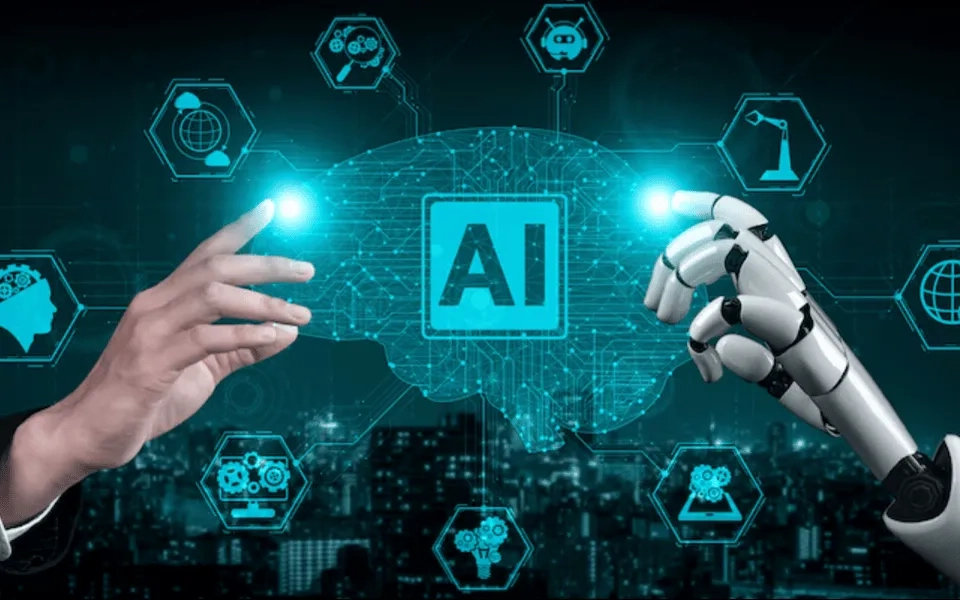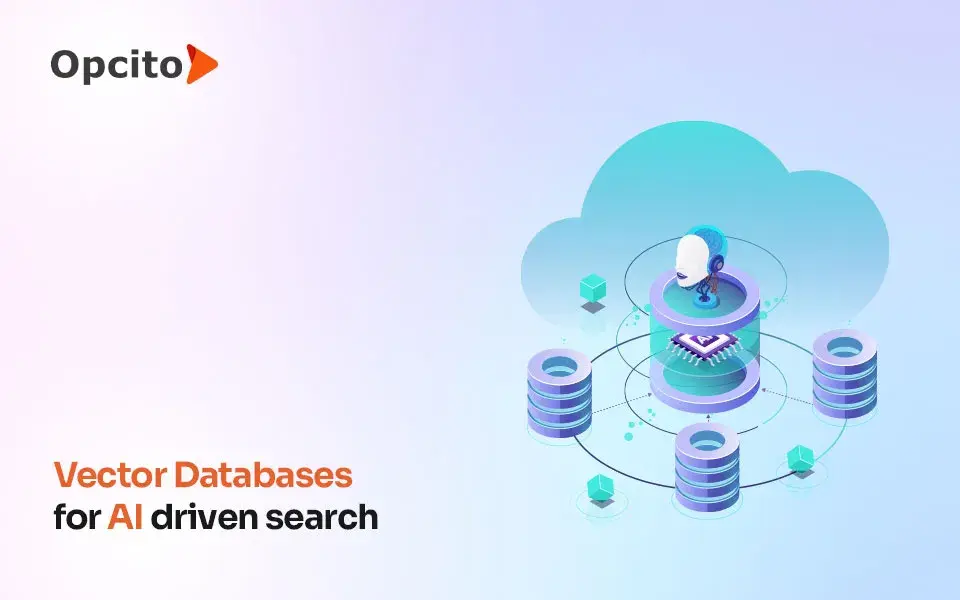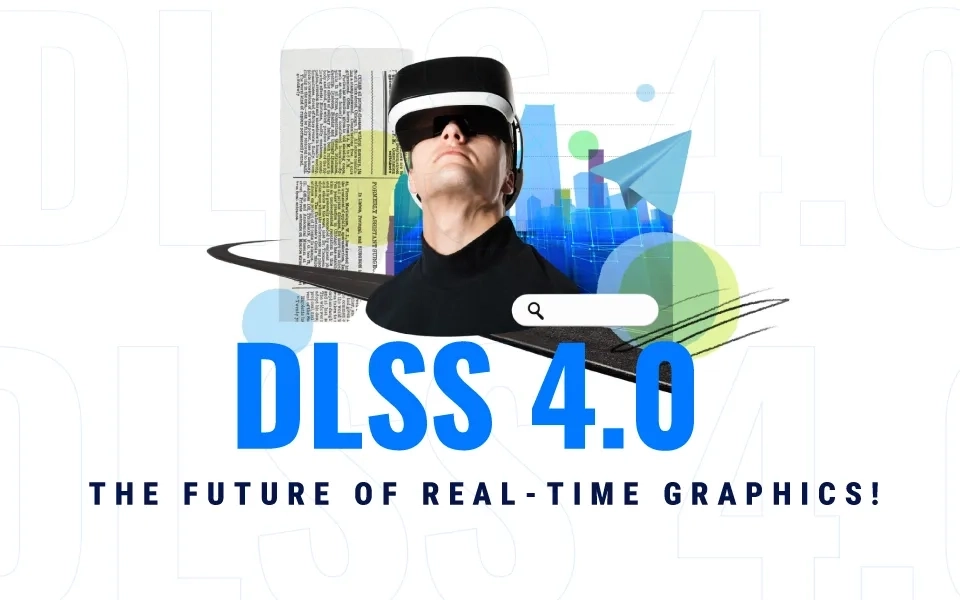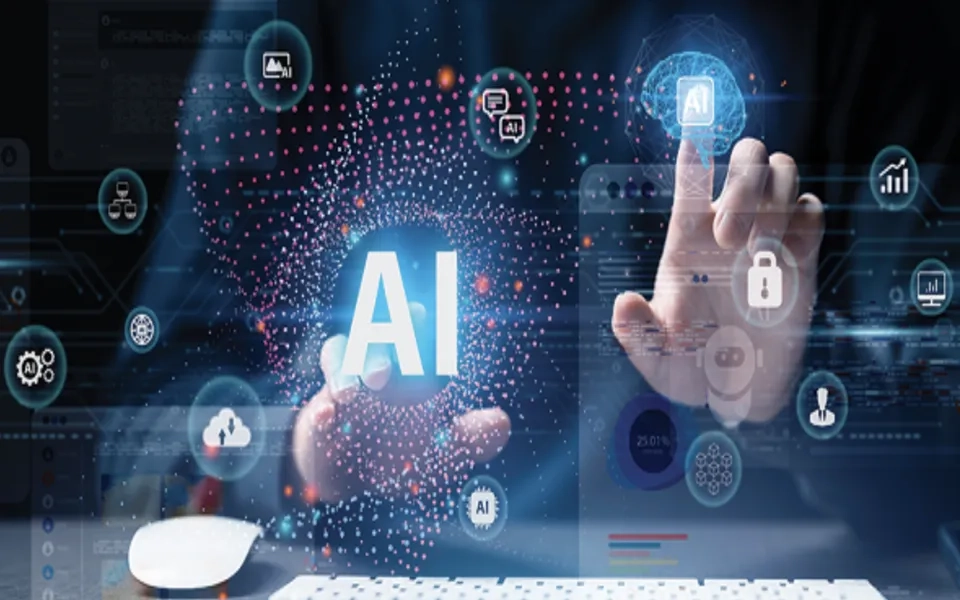Artificial intelligence and cloud computing are two disruptive technologies that are changing how we work. According to Gartner, by 2024, 70% of organizations will use artificial intelligence (AI) to automate cloud management tasks, resulting in a 30% reduction in cloud costs.
AI is transforming cloud computing in many ways, including:
- Automating cloud management tasks: AI can automate tasks such as provisioning and de-provisioning resources, monitoring performance, and identifying and resolving issues. This can free up human resources to focus on more strategic tasks.
- Improving security: AI can identify and prevent security threats (like malware and intrusions) that help improve compliance with security regulations.
- Personalizing cloud services: AI can personalize cloud services for each user by recommending relevant content, suggesting products and services, and tailoring the user experience.
- Increasing efficiency: AI can improve the efficiency of cloud computing in many ways. For example, it can optimize resource allocation, reduce latency, and improve throughput.
- Driving innovation: AI is helping to drive innovation in cloud computing by enabling new applications and services. For example, AI is being used to develop new ways to analyze data, create virtual assistants, and automate tasks.
Overall, AI has a significant impact on cloud computing and is helping to make it more efficient, secure, and personalized.
How can this trend benefit cloud adopters?
Artificial intelligence rapidly transforms cloud computing, opening up new possibilities for cloud adopters to save money, improve security, and deliver better customer experiences.
Here are some specific ways that AI is being used to benefit cloud adopters:
- Seamless data access and data management: AI can automate data collection, cleaning, and analysis, which can help cloud adopters save time and money, improve the accuracy and efficiency of their data management processes, and develop predictive models to forecast demand, identify trends, and make better decisions.
- Cost savings: AI can automate tasks currently performed by humans, such as provisioning and de-provisioning of resources, monitoring cloud traffic, and identifying and responding to security incidents. This can help cloud adopters to save money on labor costs and reduce their overall cloud costs.
- Better decision making: AI can develop predictive models, analyze large amounts of data to identify patterns and insights that would be difficult to find manually, and create simulations to test different scenarios and make predictions. This can help cloud adopters make better business decisions, such as identifying new markets, optimizing operations, and preventing fraud.
- Increased reliability: AI can monitor cloud systems and detect potential problems early on, automate disaster recovery and business continuity planning, and develop systems that can automatically repair themselves in the event of a failure. This can help cloud adopters prevent outages and other disruptions, ensure that their systems are up and running even in the event of a disaster, and improve their systems' reliability.
How are cloud providers addressing this issue?
Cloud providers are addressing the issue of AI in cloud computing in many ways, including:
- Investing in research and development: Cloud providers are investing heavily in the research and development of AI technologies. This includes developing new AI algorithms, training data sets, and machine learning models. For example, Amazon Web Services (AWS) has invested $26.1 billion in research and development in 2022.
- Partnering with AI companies: Cloud providers are partnering with AI companies to bring new AI-powered services and solutions. This includes partnerships with companies that develop AI hardware, software, and applications. For example, Microsoft Azure has partnered with OpenAI to develop new AI-powered services.
- Educating customers: Cloud providers are educating their customers about the benefits of AI in cloud computing. This includes providing training materials, whitepapers, and blog posts. For example, Google Cloud Platform (GCP) offers many resources to help customers learn about AI, such as the AI for Beginners guide.
- Making AI-powered services and solutions available: Cloud providers are making AI-powered services and solutions available to their customers. This includes services for machine learning, natural language processing, and image recognition. For example, IBM Cloud offers AI-powered services like Watson Assistant and Watson Discovery.
Drawbacks to applying AI to cloud computing
There are potential downsides to applying AI to cloud computing:
- Security risks: AI systems can be vulnerable to hacking and other security attacks because they are often complex and rely on large amounts of data. Attackers could use this data to train their AI systems to attack other systems. Additionally, AI systems can generate synthetic data that can fool other AI systems.
- Bias: AI systems will generate prejudiced data if trained on biased data. This could lead to discrimination against certain groups of people, such as race, gender, or sexual orientation. For example, an AI system trained on data from a criminal justice system that disproportionately targets Black people could be biased against Black people.
- Job losses: As AI becomes more sophisticated, it could automate jobs in the cloud computing industry. This could lead to job losses for some workers, particularly those performing repetitive or manual tasks. For example, AI can automate the provisioning and de-provisioning of cloud resources, which could lead to job losses for cloud engineers.
- Opacity: AI systems can be opaque, making it challenging to understand how they make decisions. This could make it difficult to hold AI systems accountable for their actions. For example, if an AI system makes a decision that results in a negative outcome, it may be difficult to determine why the decision was made and whether it was fair.
- Overreliance: AI systems can be overreliant on data, which means inaccurate or biased data can fool them. This could lead to poor decision-making. For example, if an AI system is trained on erroneous data, it could make incorrect predictions.
It is important to know these potential downsides when applying AI to cloud computing. However, the benefits of AI in cloud computing can outweigh the risks. With careful planning and implementation, AI can improve the security, efficiency, and scalability of cloud computing.
The long-term outlook for AI-supported cloud computing
The combination of artificial intelligence (AI) and cloud computing is a rapidly growing field transforming many industries. Even though artificial intelligence was invented much earlier, cloud computing has helped AI to act as an effective catalyst. A survey by Gartner predicts that the global market for AI-powered cloud services will reach $100 billion by 2025. This growth is driven by the increasing demand for AI solutions to help businesses improve their operations, make better decisions, and deliver new products and services.
The impact of the combination of AI and cloud computing could be enormous, according to a recent report by Gartner. According to the report data, the combination of cloud computing and AI “represents a shift away from the monolithic applications of the traditional ‘cloud computing’ paradigm towards highly-intelligent solutions that enable us to achieve things that we never imagined possible, as well as enabling us to do things much faster.”
There are many ways that AI and cloud computing can accelerate the digital transformation of industries. The AI-cloud relationship is still in its early stages but can potentially revolutionize how businesses operate. In the next ten years, AI in cloud technology will propel the powers of edge computing, providing hyper-personalized user experience, autonomously managing the cloud infrastructure, increasing the efficiency of cloud usage, and decreasing the costs of doing business, thereby helping in bringing a new dimension into digital transformation.
































